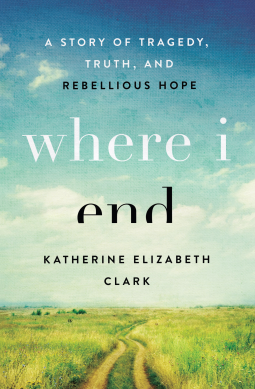Called upon time and again to testify before Congress and to inform the public, Sykes and his colleagues were, for much of the Cold War, among the only people on earth able to say with certainty when and where a bomb was tested and how large it was. Methods of measuring earthquakes, researchers realized, could also detect underground nuclear explosions. When politicians on both sides of the Iron Curtain attempted to sidestep disarmament or test ban treaties, Sykes was able to deploy the nascent science of plate tectonics to reveal the truth. Seismologists' discoveries helped bring about treaties limiting nuclear testing, but it was their activism that played a key role in the quest for peace. Full of intrigue, international politics, and hard science used for the global good, Silencing the Bomb is a timely and necessary chronicle of one scientist's efforts to keep the clock from striking midnight.
This book is an excellent insiders tale of nuclear testing and limiting. The author explains the science behind verification clearly. This is scientific history at its best. Dr. Sykes played a central role in the limiting of nuclear testing and the ability to verify the following of the treaties agreed to. As a geoscientist of off earth phenomena, I found the book fascinating. Having worked in missile defense for decades, I am familiar with the results of some of his work. He reaches conclusions regarding arms limitation treaties that are different than I, but I see the current world differently than he does. Dr. Sykes still views the world as a primarily bilateral nuclear threat. I see the world where the Nuclear Nonproliferation Treaty has become of limited importance. Where clandestine nuclear weapons are shared at will with numerous countries. Dr. Sykes does make a point of covering the numerous missed opportunities that we have had to limit nuclear proliferation that were missed.



